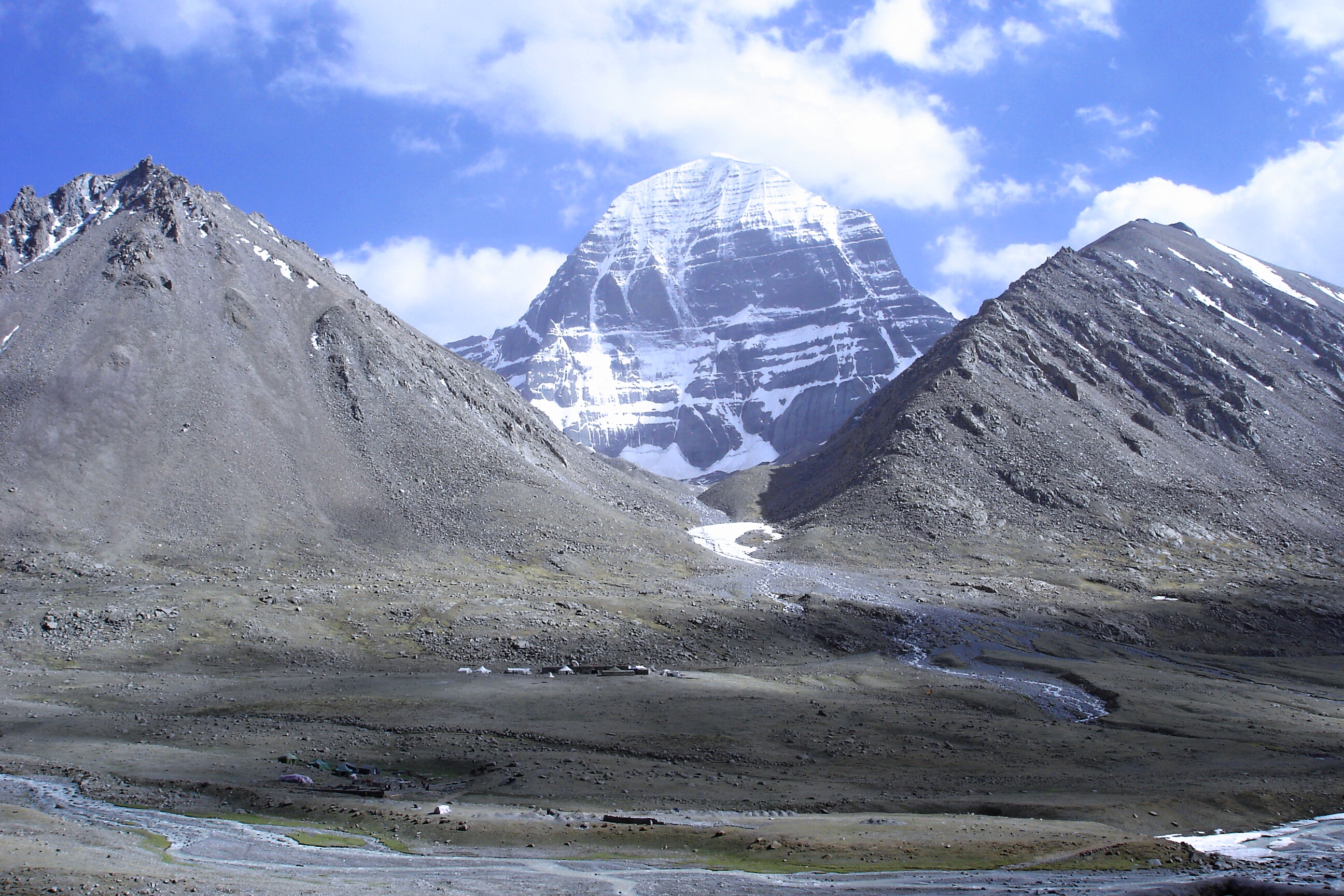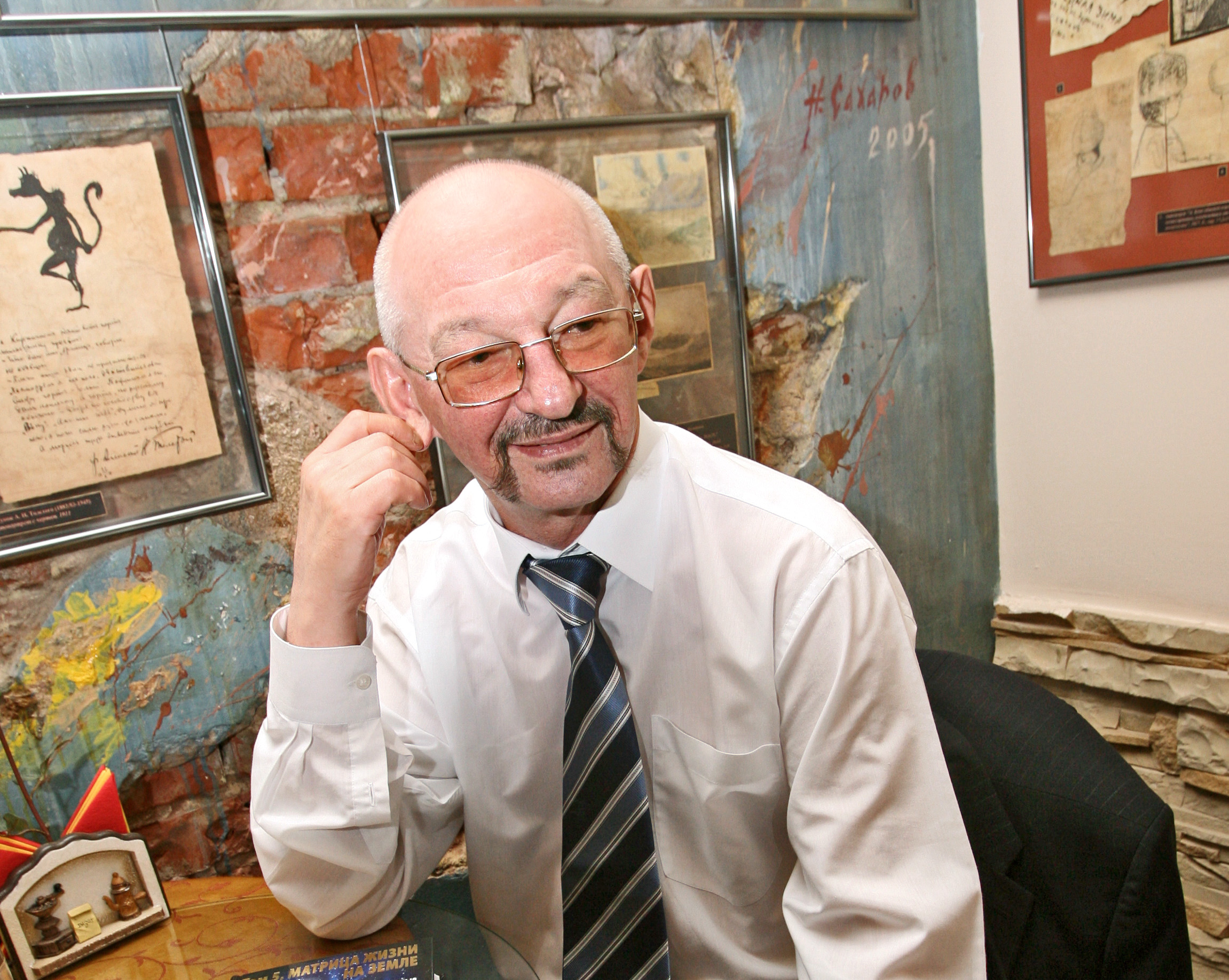
Mount Kailash is sacred for Hindus, Buddhists and Jains. Source: Ondřej Žváček/wikipedia
Standing at 6718 metres above sea level, Mount Kailash in Tibet is considered sacred by Hindus, Buddhists and Jains. Hindus believe that Lord Shiva, the destroyer of evil, sits in perpetual meditation on the mountain. Tibetan Buddhists believe that the Buddha Demchok, who represents supreme bliss, lives on the mountain.
No human has managed to scale Mount Kailash. There have been many legends of people dying in the attempt to climb the mountain. The Chinese authorities, knowing the religious sensitivity of the matter, have officially banned alpinists from attempting a climb.
Russians, like Indians, have been fascinated with the mountain for a long time. Nicholas Roerich wrote about Mount Kailash and one of his most famous paintings portrays the path to the mountain.
There are several legends about Russian climbers in the 19th and early 20th centuries trying to scale the mountain and vanishing. A Siberian mountaineer once told me about a group of climbers who climbed beyond a particular point and suddenly aged by a few decades. According to his story, they died of old age a year later!
Roerich believed in the existence of a mystical kingdom called Shambala in the vicinity of Mount Kailash. Some Hindu sects refer to Shambala as Kapapa, and believe that perfect people reside there.
In 1999, Russian ophthalmologist Ernst Muldashev decided to go on an expedition to Tibet to try and discover the secrets of Mount Kailash. His team comprised of experts in geology, physics and history.
The team met several Tibetan lamas and spent several months around the foot of the sacred mountain.
Muldashev’s team came to the conclusion that Mount Kailash is actually a massive man-made pyramid that was built in ancient times. He claimed that it was surrounded by many smaller pyramids and could be the centre of all paranormal activities.
 Dr Ernst Muldashev. Source: Mikhail Fomichev/TASS
Dr Ernst Muldashev. Source: Mikhail Fomichev/TASS
“In the silence of the night, there often were strange gasping sounds in the belly of the mountain,” Muldashev, author of ‘Where Do We Come From?,’ wrote in an academic paper. “One night both my colleagues and I distinctly heard the noise of a falling stone that undoubtedly came from the interior (of the mountain).” He suggested that some beings lived inside the pyramid.
“In Tibetan texts it is written that Shambhala is a spiritual country that is located in the north-west of Kailash,” Mulsashev wrote. “It is hard for me to discuss this topic from a scientific point of view. But I can quite positively say that Kailash complex is directly related to life on Earth, and when we did a schematic map of the ‘City of the Gods,’ consisting of pyramids and stone mirrors, we were very surprised – the scheme was similar to the spatial structure of DNA molecules.”
Mohan Bhatt, a Sanskrit scholar based in Mumbai, says the Ramayana also refers to the sacred mountain as a pyramid. There are also references to the moutain in the vedas he adds. “The ancient texts refer to the mountain as a cosmic axis,” he says.
Muldashev believes that the pyramids were built by ancient and advanced people who knew about the laws of subtle energy. He wrote that the mountain is the most important part of a system of ancient monumental structures and is directly connected with the main pyramids of the earth such as the pyramids of Giza and Teotihuacan.
Onwards to the Past, a Russian-English bilingual website explores this theory in great details.
The Chinese authorities were quick to dimiss Muldashev’s claims.
A year after his expedition to Tibet, Muldashev claimed to have successfully transplanted a human eye into a blind woman using a harvested cornea and retina combined with an alloplant, an experimental, chemically processed biomaterial primarily made from deceased human flesh. These claims have also been dismissed by doctors in the UK.
Muldashev, who was born in 1948, runs the Alloplant Russian Eye and Plastic Surgery Center in Ufa.
As an agnostic person who has no clue about the mysteries of the universe, I would rather not comment on these claims about Mount Kailash. It does make me happy to know that the Chinese government respects the sentiments of Hindus and Buddhists worldwide and will not let anyone try and scale Mount Kailash- which is also referred to as a Stairway to Heaven.
If using any of Russia Beyond's content, partly or in full, always provide an active hyperlink to the original material.
Subscribe
to our newsletter!
Get the week's best stories straight to your inbox